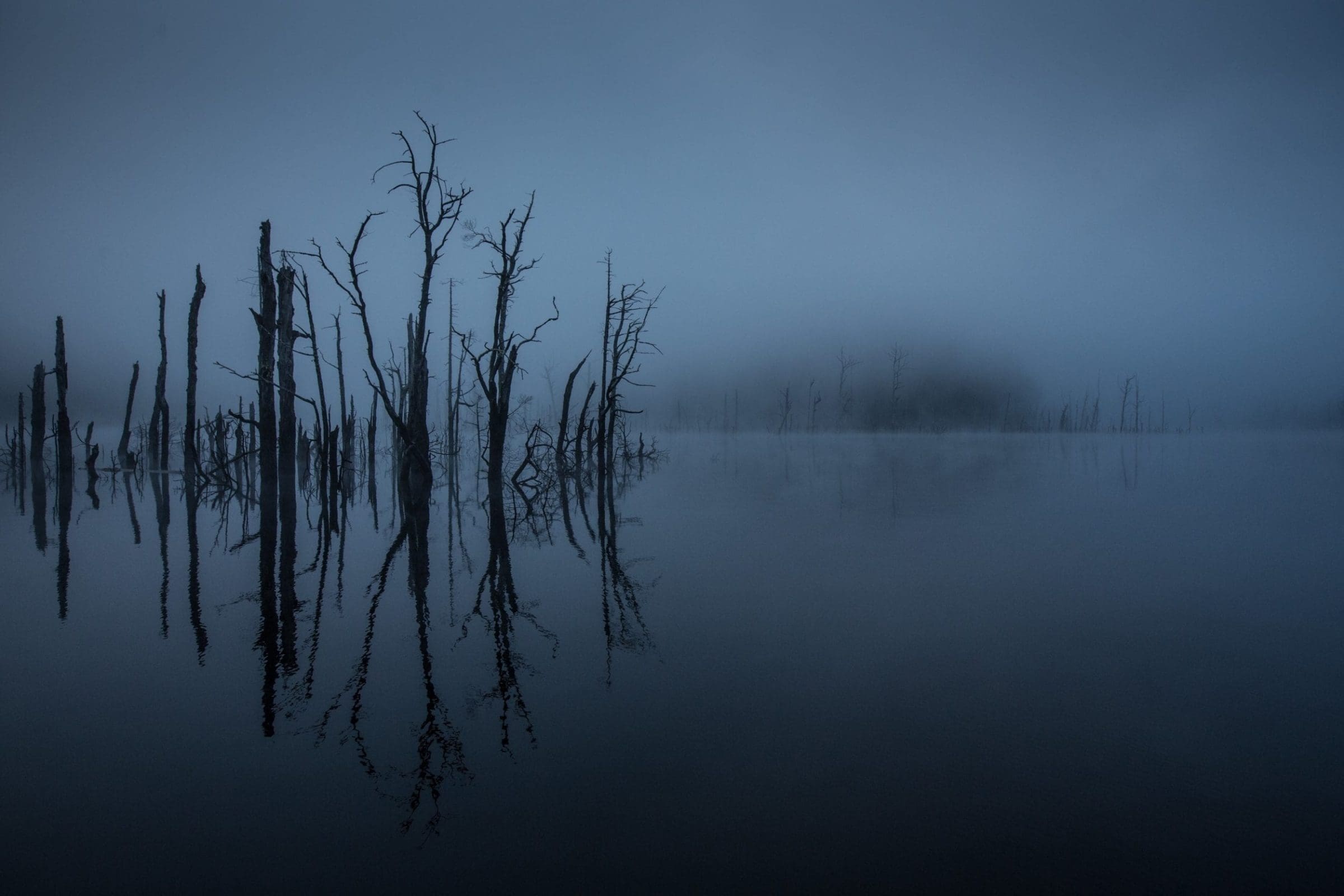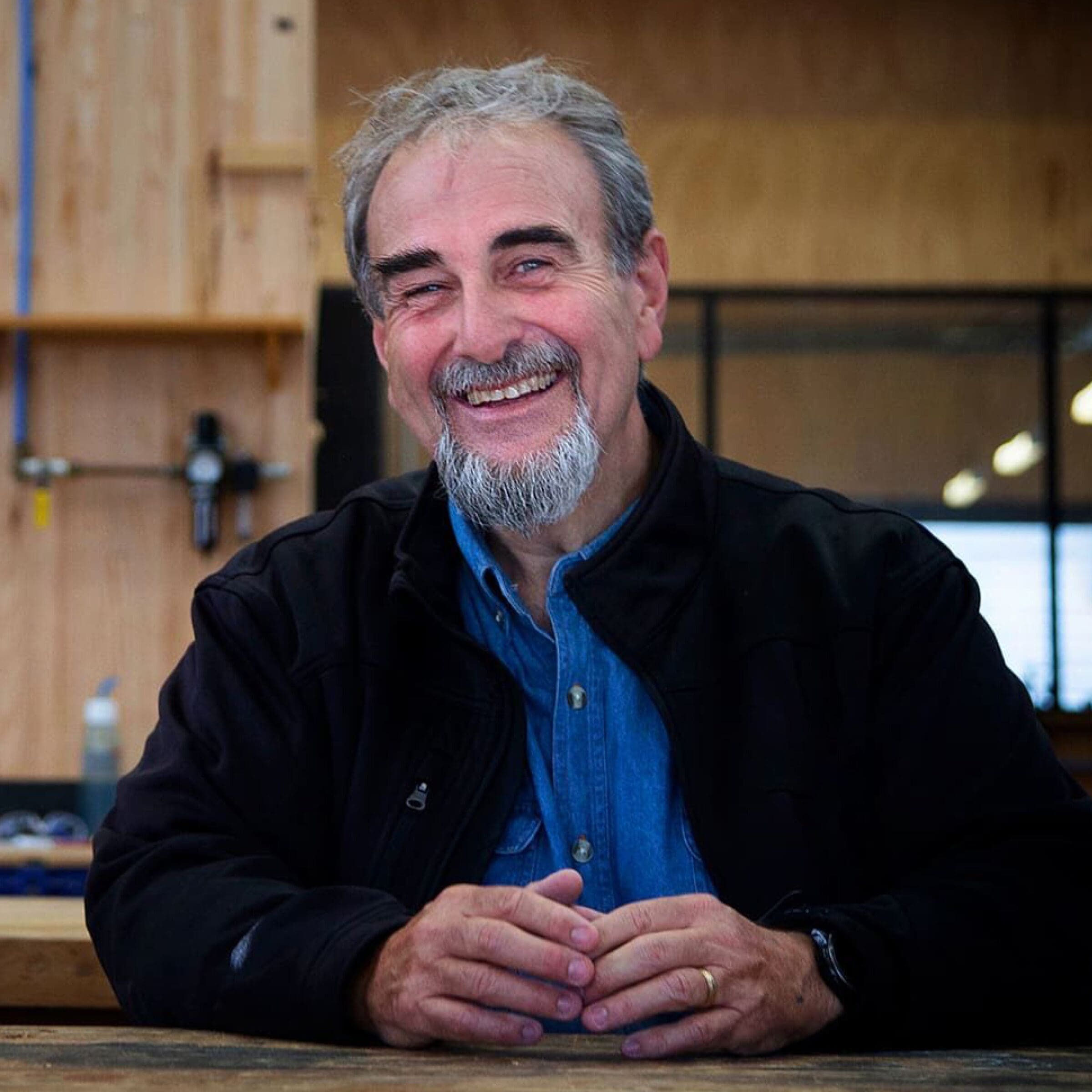Hydrowood: a vast resource reclaimed
Consumers are taking increasing interest in the provenance of products. As such, the brand story has become an essential and valuable component of the marketing mix. Building materials with history, authenticity and a story to tell are being placed at a premium (Sanctuary Magazine). Hydrowood has that story in spades.
Thirty years ago, Hydro Tasmania flooded forests on Tasmania’s west coast to create water storage for energy production. In those hydroelectric dams, forests of 200-1000 year-old trees are still standing, submerged beneath the water. Thanks to innovative harvesting and processing methods, this valuable timber is now being reclaimed from the depths – it’s aptly called Hydrowood.
SFM Environmental Solutions Director David Wise had seen timber being reclaimed from lakes in British Columbia and thought why can’t we do this in Tasmania? David and his business partner Andrew Morgan are now harvesting and processing high-demand Tasmanian special species timber from Lake Pieman.
“There is a high demand for Tasmanian special species timbers, but very low supply. So this timber is a valuable resource,” said SFM Director Andrew Morgan.
Quality Assurance
SFM Environmental Solutions worked with the University of Tasmania’s Centre for Sustainable Architecture with Wood (CSAW) to determine the best way to dry and process the timber and quality assure the product for the marketplace.
“We also looked at things like strength properties, the way it machined, and whether it would it take coatings after being in the lake for 30 years,” said Senior CSAW Technical Officer, Michael Lee.
CSAW found that Hydrowood became a very stable and pleasing product.
“It was gratifying to see. It is a world-first on Tasmanian species. It’s not just a great story of innovation, it is a great thing to reclaim these logs,” said Michael.
Hydrowood in the Marketplace
Hydrowood has provided a new resource for timber users like furniture designers and craftspeople.
Simon Ancher is a Tasmanian furniture maker who has partnered with Hydrowood.
Simon said that the volumes of special species timber available to furniture makers were becoming increasingly harder to source.
“We’re now getting access to Blackheart Sassafras, Myrtle, Leatherwood, Celery Top Pine and Huon Pine even. I am using it in thin-sliced veneers, thicker sawn veneers and laminating with it. So far it’s been really great to work with, in both internal and external environments.”
“My clients have been really excited by the story of such a responsibly sourced material and really want to engage and have their items made from Hydrowood.”
Simon has collaborated with fellow designer Matthew Prince and together they are using Hydrowood timber for commercial furniture projects, like the large-scale committee room tables for Hobart’s Parliament Square, an innovative urban design project in Tasmania’s capital city.
“I’m really pleased to have access to Hydrowood timber. It is an amazingly unique opportunity and resource. It’s a resource that I feel comfortable using. It’s dead timber, so it makes sense to do something positive with it.”
Hydrowood has recently been recognised as a national finalist in the prestigious Australian Forest Products Association Business Innovation Awards. The awards recognise industry leaders demonstrating commitment to world’s best practice and sustainability.














